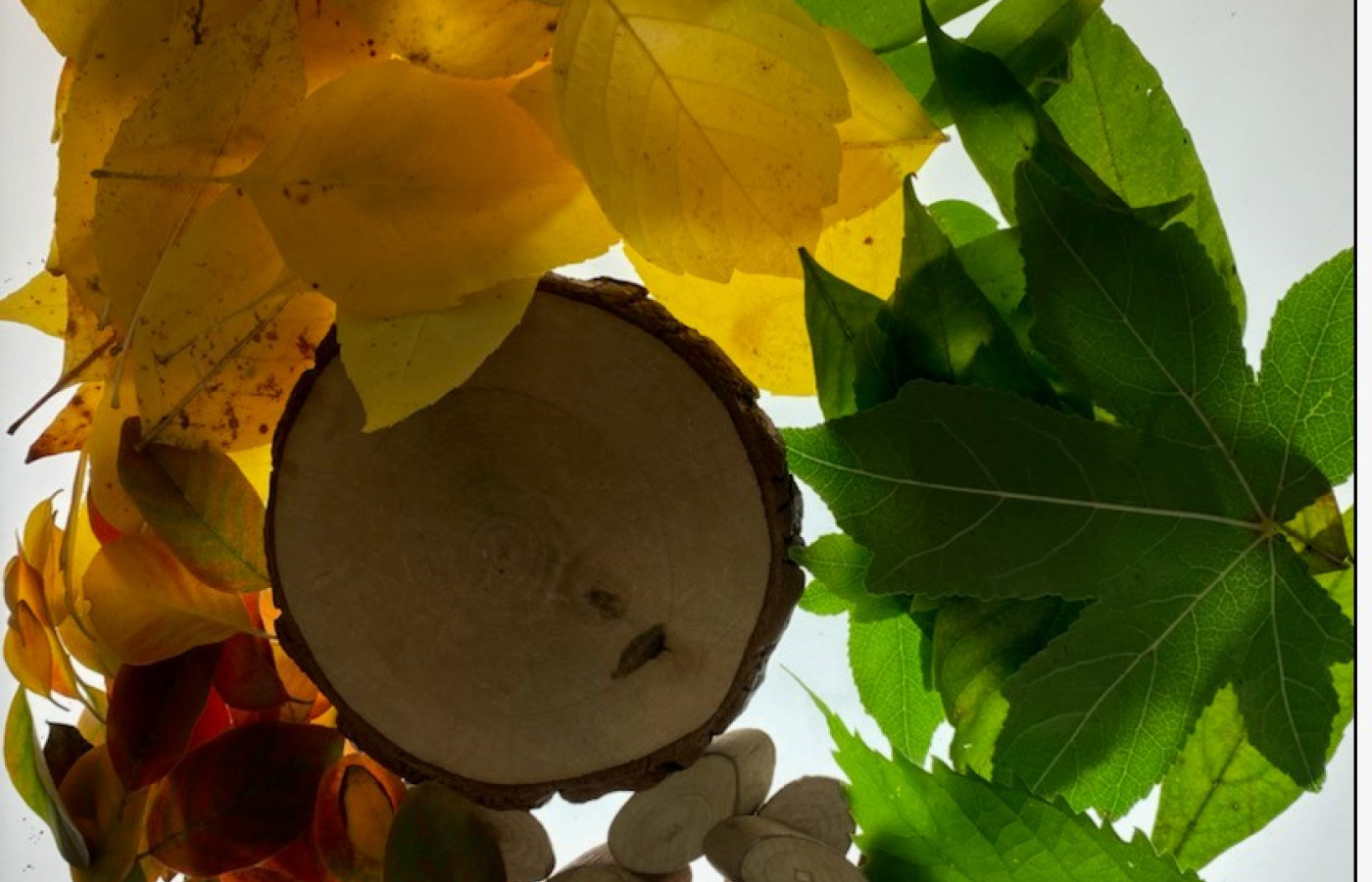Let's match colours!

Let's match colours!
Using everyday items or objects to match colours.
Materials Required
- 5-10 small coloured household items or natural objects of different colours
- Basket or bag to carry items in
Play experience profile
-
Ages:
-
Min Playtime15 - 30 Minutes
-
Skills
-
Energy LevelActive play
-
Messiness Rating
-
EYLF Outcomes
Play Experience Preparation
Collect 5-10 small coloured household items (e.g. spoon, cup, ball, plate) - Collect natural materials of different colours (e.g. leaves, sticks, flowers, etc.)Experience Steps
- Discuss all the items you have collected with your child.
- Talk about the different colours of the items you have collected.
- Encourage your child to name the items collected and their colours.
- Place all your items into a basket or bag.
- Take your basket of items on a short walk around your garden or neighbourhood.
- See how many coloured flowers, leaves, trees you can find that match the colours of your collected items from home.
- Take photos of two matching items together.

What to talk about, or questions to ask during the experience
- What is this called?
- What do we use it for?
- What colour is this?
- We have an orange cup. Can you find an orange flower?
- We have a blue plate. Can you find something blue?
- We have a green spoon. What can you see that is green?
Build on this...
- Make a matching game- take photos of your household items.
- Then, take photos of the natural items you find on your walk that match your household item colours.
- Print these out at home.
- Cut them out as cards 5cm x 5cm.
- Place them on the table and encourage children to find the matching coloured pairs.
- You can laminate these if you wish to make them more durable.
- You can encourage your child to draw the items as well and create cards from your child's drawings.
WHO guidelines for physical activity and sedentary behaviour
Provide evidence-based public health recommendations for children, adolescents and adults on physical activity.
Learn more
Provide evidence-based public health recommendations for children, adolescents and adults on physical activity. Learn more
Walking around your garden or neighbourhood is being physically active.
EYLF Outcomes
The Early Years Learning Framework has been designed for use by early childhood educators working in partnership with families, children’s first and most influential educators.
View PDF
The Early Years Learning Framework has been designed for use by early childhood educators working in partnership with families, children’s first and most influential educators. View PDF
- Children become socially responsible and show respect for the environment
- Children develop a range of skills and processes such as problem solving, inquiry, experimentation, hypothesising, researching and investigating
- Children interact verbally and non-verbally with others for a range of purposes
EYLF Principle
Principle 1: Secure, respectful and reciprocal relationships. Through a widening network of secure relationships, children develop confidence and feel respected and valued.
EYLF Practice
Practice: Learning through play. Play can expand children’s thinking and enhance their desire to know and to learn. In these ways play can promote positive dispositions towards learning. Children’s immersion in their play illustrates how play enables them to simply enjoy being.
https://youtu.be/9PmYOxx3wYc
Author:


